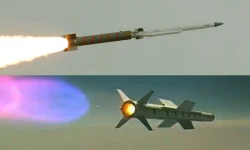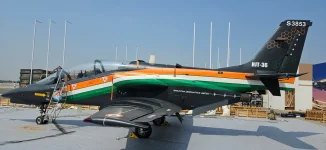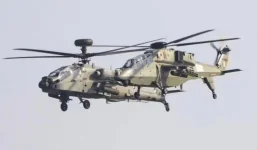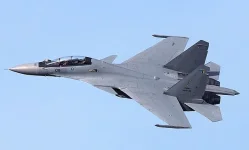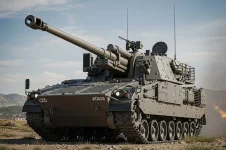- Views: 2K
- Replies: 10
India's Defence Research and Development Organisation (DRDO) is exploring a significant expansion of its Supersonic Target (STAR) missile program, looking to transform the high-speed training projectile into a formidable air-launched combat missile.
This new variant is being considered for highly specialized roles, including missions against enemy Airborne Warning and Control Systems (AWACS) and radar installations.
The STAR missile was originally developed as a sophisticated training tool. Its primary function is to act as a high-speed, manoeuvrable target for Indian armed forces to practice engaging modern aerial threats.
The missile can simulate the flight patterns of advanced supersonic anti-ship and cruise missiles by flying at speeds greater than Mach 2.5, or more than twice the speed of sound. This provides realistic combat-scenario training for air defence crews on warships and ground-based units.
At the heart of the STAR missile is its advanced Liquid Fuel Ramjet (LFRJ) engine. Unlike traditional solid-fuel rocket motors that carry both fuel and an oxidizer, a ramjet engine is an air-breathing system that ingests atmospheric oxygen during flight to combust its fuel.
This technology allows the missile to be lighter and more efficient, enabling it to sustain high speeds over extended distances and execute sharp, evasive manoeuvres—qualities essential for mimicking an advanced adversary.
The program has now entered a mature stage, with Phase-III development currently focused on integrating the complete system and conducting advanced validation trials. The fabrication of critical components is underway, and the system is expected to proceed to developmental trials in the near future.
The versatility of the STAR platform allows it to be configured for launch from air, land, and sea, making it a unified training asset for the Indian Air Force, Army, and Navy.
Building on the success of the LFRJ propulsion system, DRDO is now studying the feasibility of an air-launched combat variant of STAR. This offensive version could be integrated with fighter aircraft such as the indigenous LCA Tejas.
Its primary objective would be to target and neutralize high-value enemy assets that are typically located deep behind the front lines.
The strategic importance of such a weapon cannot be overstated. AWACS aircraft, often called the "eyes in the sky," provide critical surveillance and command and control functions for an enemy's air operations. Anti-radiation missiles, on the other hand, are designed to detect and home in on enemy radar emissions, disabling their air defence networks.
By developing a single system capable of both missions, India could significantly enhance its ability to establish air superiority in a conflict. Projections suggest this combat variant could have an operational range between 55 and 175 kilometres.
This development runs parallel to DRDO's work on other advanced systems like the Astra Mk3 air-to-air missile, which uses a Solid Fuel Ducted Ramjet (SFDR). The LFRJ technology in the STAR missile offers a different, complementary technological pathway.
Pursuing both LFRJ and SFDR propulsion systems could provide the Indian Air Force with a diverse and more resilient arsenal of long-range, high-speed missiles, ensuring a robust defence and deterrent capability against a wide spectrum of aerial threats.

